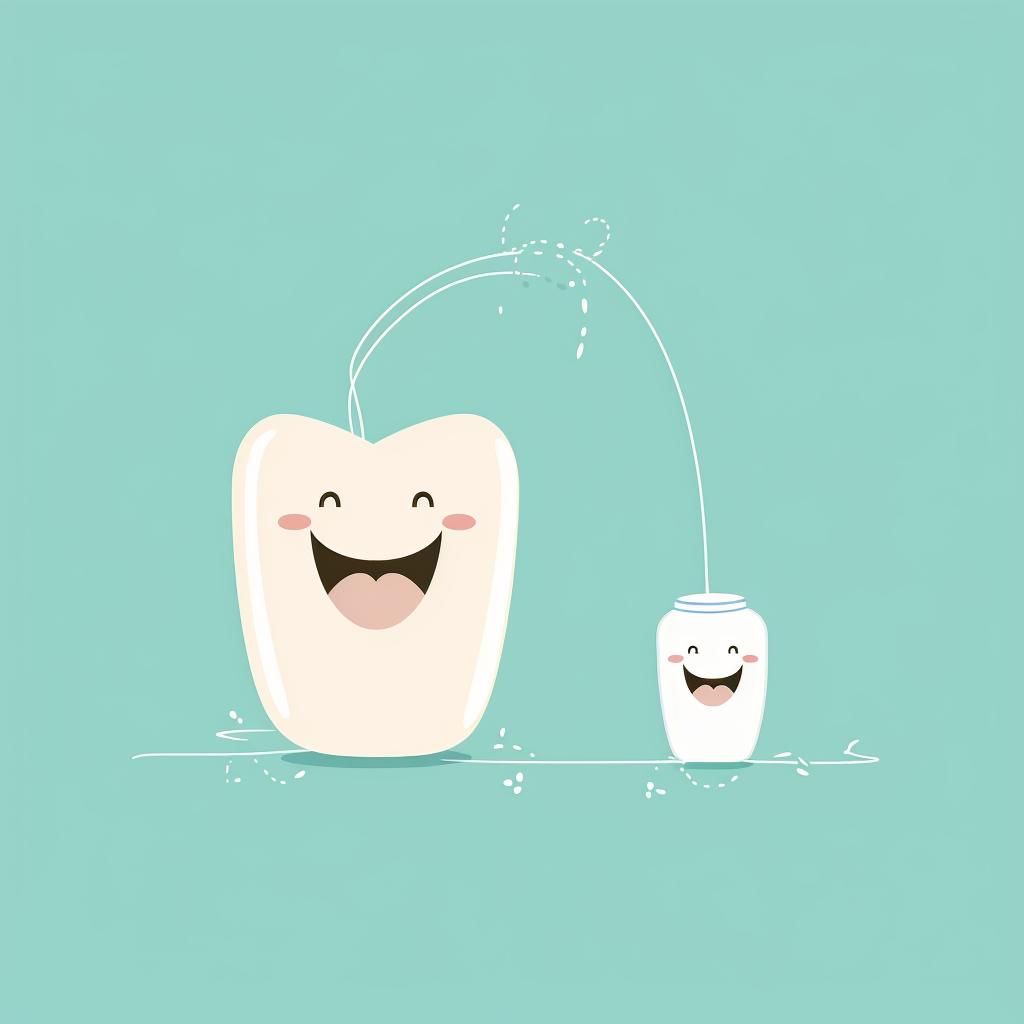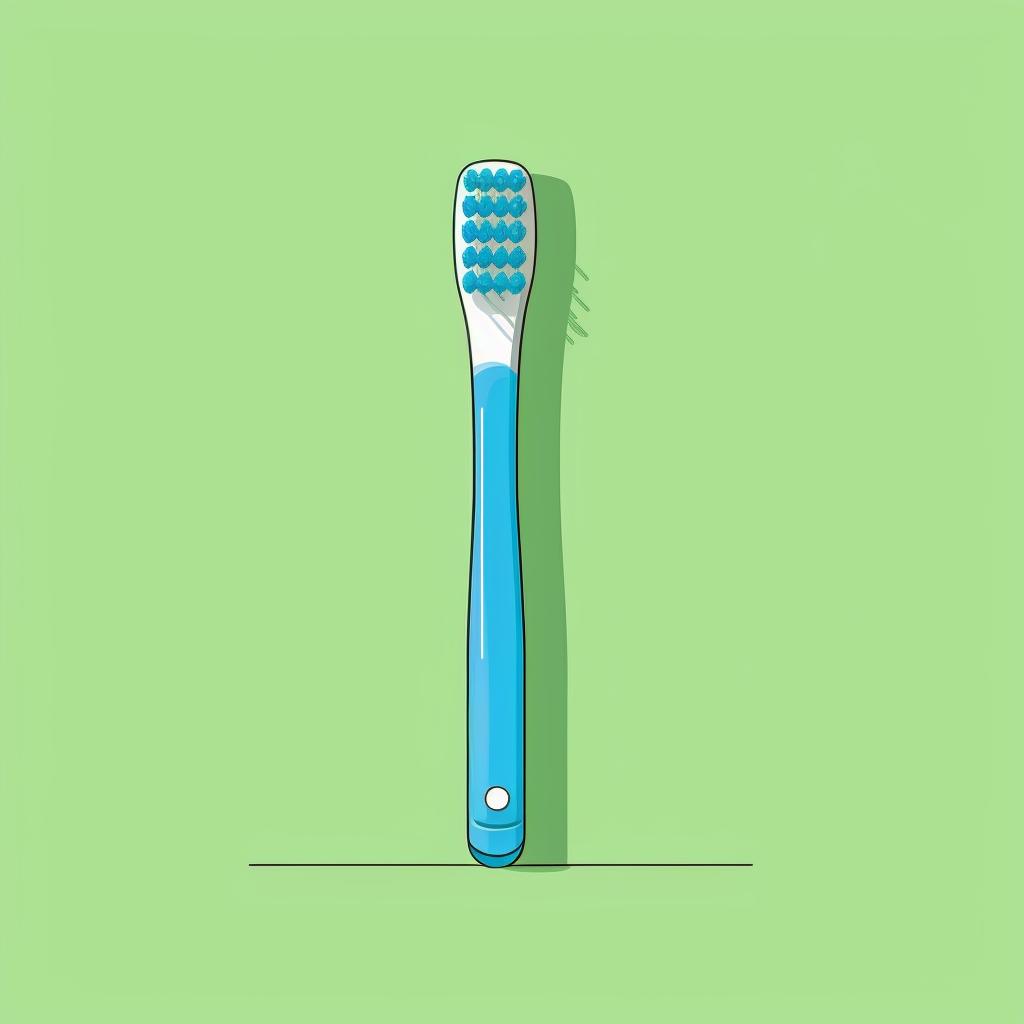Mastering the Art of Brushing and Flossing 🦷
Good oral hygiene is a lifelong commitment, and the sooner you instill these habits in your children, the better. Our step-by-step guide above provides a comprehensive approach to mastering the art of brushing and flossing. But let's delve a little deeper into some of these steps and explore the importance of each one.
Choosing the right tools is the first step towards effective oral care. For children, a soft-bristled toothbrush is recommended as it is gentle on their delicate gums and teeth. But as they grow older, you might want to consider switching to an electric toothbrush. Senior-friendly electric toothbrushes are not only efficient but also easier to handle, especially for those with arthritis or other mobility issues.
Brushing technique is another crucial aspect of dental care. It's not just about moving the brush around the mouth; it's about reaching every nook and cranny of each tooth. For those with braces, brushing can be a bit tricky. Check out our beginner's guide on how to brush your teeth effectively with braces for some handy tips.
And let's not forget about flossing. It's an often overlooked but essential part of any oral hygiene routine. Flossing helps remove food particles and plaque from between the teeth where a toothbrush can't reach. If you or your child has braces, flossing becomes even more critical. Our step-by-step guide on how to floss with braces can make this task easier.
Remember, maintaining good oral health is not just about brushing and flossing. It's also about regular dental check-ups, a balanced diet, and avoiding harmful habits like smoking. For more tips on maintaining good dental health, check out our FAQ section.
By following these guidelines and making oral hygiene a daily priority, you can help ensure a lifetime of healthy smiles for you and your family. So, let's get brushing and flossing!















